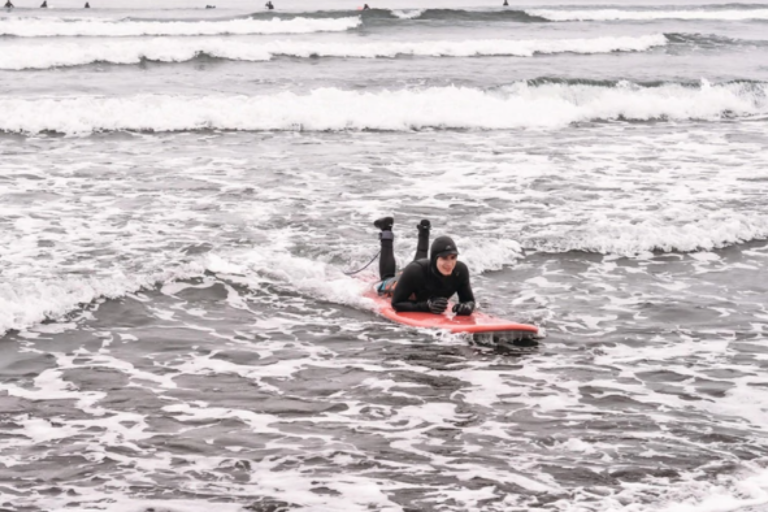So you’ve got your plane tickets, your hotel reservations, and your list of must-see sights… but what about your bike/skateboard/surfboard? No need to worry, we’ve got you covered. Here’s everything you need to know about travelling with your sports equipment and how to move them.
How to Pack Your Bike
Whether you’re an avid cyclist or just getting into the sport, there’s no doubt that bicycling is a great way to explore a new city or area. However, if you’re not used to packing up your bike for travel, it can seem like a daunting task. Here are a few tips to make sure your bike arrives safe and sound at your destination, or you can simply order delivery of your gear by High Stream Moving, just leave your order here.
- If possible, travel with a hard-sided case specifically made for transporting bicycles. These cases offer the best protection for your bike, and will ensure that it doesn’t get damaged during transit.
- If you don’t have a hard-sided case, you can also use a soft-sided case or bag. Make sure to foam pad any areas where the frame may come into contact with the sides of the case.
- Remove any loose items from your bike such as water bottles, pumps, etc. These items could fall out and get lost during transit.
- Most airlines allow bikes as checked luggage, but it’s always a good idea to call ahead and double-check their policies. Some airlines may have size or weight restrictions for bikes.
- When checking in your bike at the airport, be sure to let the agent know that it contains fragile items. This will help ensure that it is handled with care.
How to Pack Your Skateboard/Longboard
Skateboarding is another great way to see a new area, especially if you’re visiting a city with lots of hills (I’m looking at you, San Francisco). Packing up your skateboard for travel is actually pretty similar to packing a bicycle – just on a smaller scale. Here are a few tips:
- As with bikes, the best option for protecting your skateboard during travel is a hard-sided case specifically made for skateboards. These cases are relatively inexpensive and will save you a lot of headaches in the long run.
- If you don’t have a hard-sided case, you can also use a soft-sided bag or sleeve. Again, make sure to foam pad any areas where the board may come into contact with the sides of the case.

- Remove all loose items such as wheels and trucks before packing up your board. These parts could fall out and get lost during transit.
- Most airlines allow skateboards as checked luggage, but it’s always best to call ahead and check their policies before heading to the airport. Size and weight restrictions may apply.
- When checking in your skateboard at the airport, be sure to let the agent know that it contains fragile items. This will help ensure that it is handled with care.
Packing Your SurfboardFor surfers, travelling often means giving up on waves for a few weeks or even months at a time (unless you’re lucky enough to live near a coast). But just because you’re not surfing doesn’t mean you can’t bring your surfboard along for the ride! Here are some tips for packing up your board:
- Use Bubble Wrap – Lots of It: Surfboards are fragile items, so it’s important that you take care when packing them up for travel. I would recommend wrapping your board in several layers of bubble wrap before placing it in its travel bag or box – this will help prevent any dings or dents while in transit.
- Choose The Right Bag/Box: When selecting a bag or box for travelling with your surfboard, make sure that it is big enough to accommodate not only the board itself but also plenty of padding material such as bubble wrap or towels. You don’t want your board bouncing around inside its travelling case!
With these tips in mind, travelling with your sports equipment should be a breeze! Just remember to plan ahead, pack carefully, and call ahead to check any size or weight restrictions that may apply to your particular mode of transportation. And most importantly – have fun!










